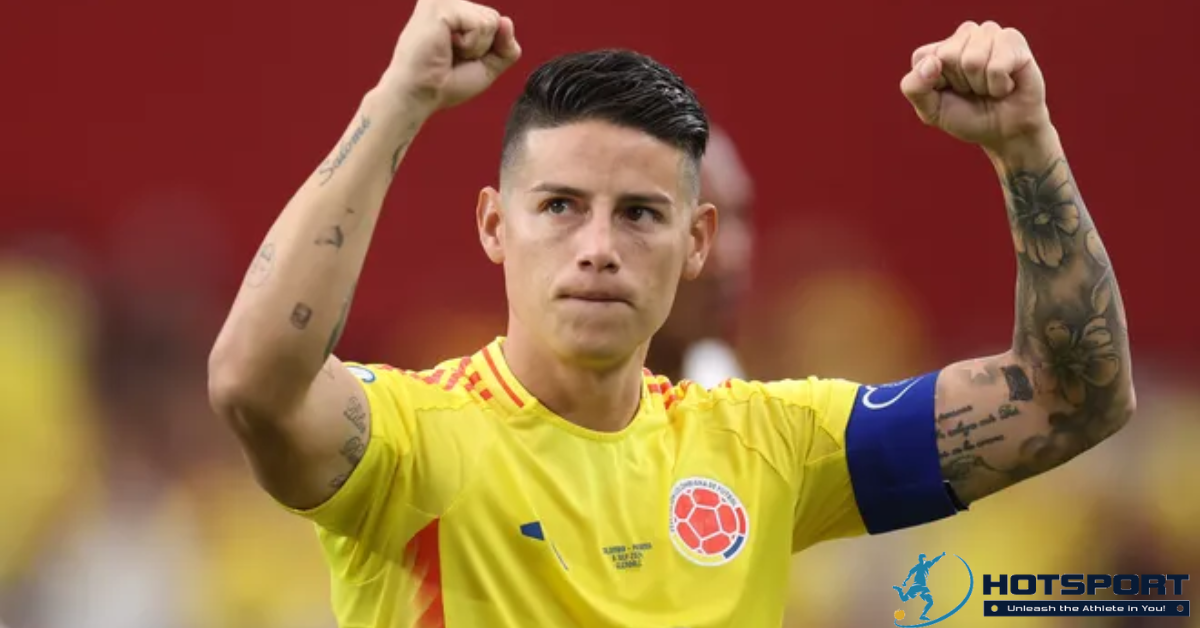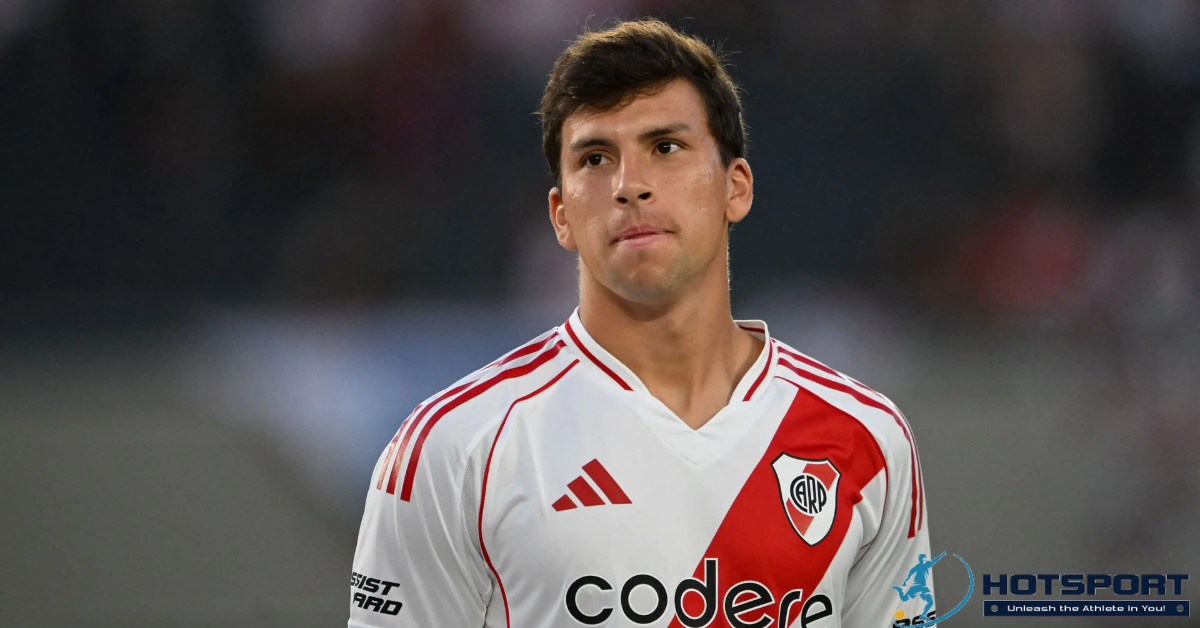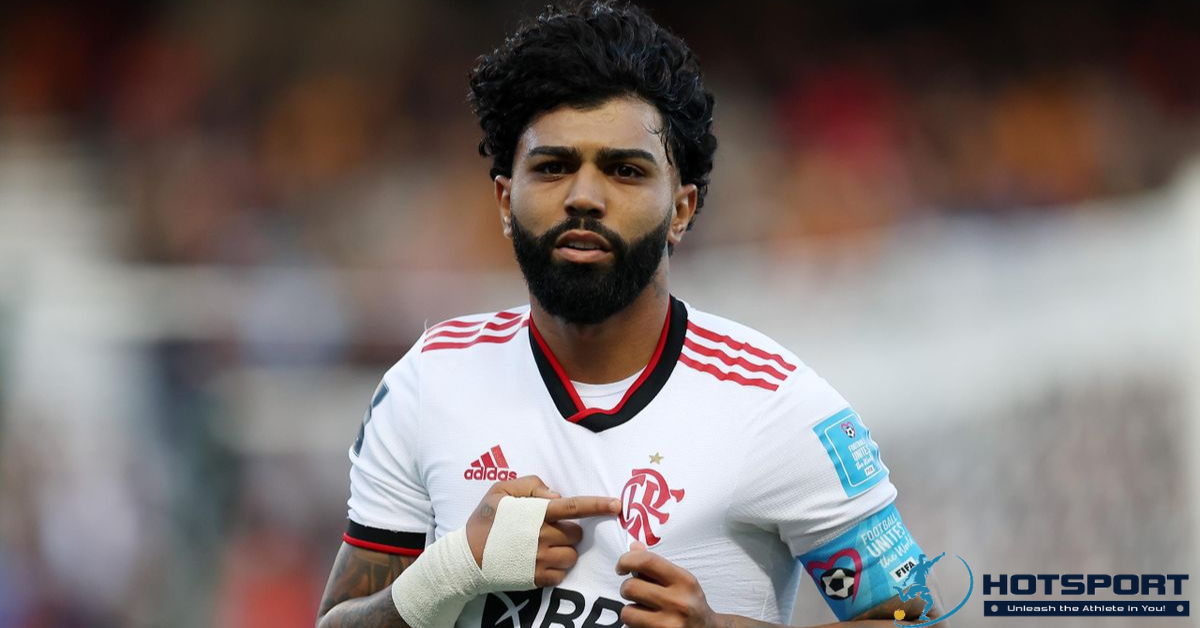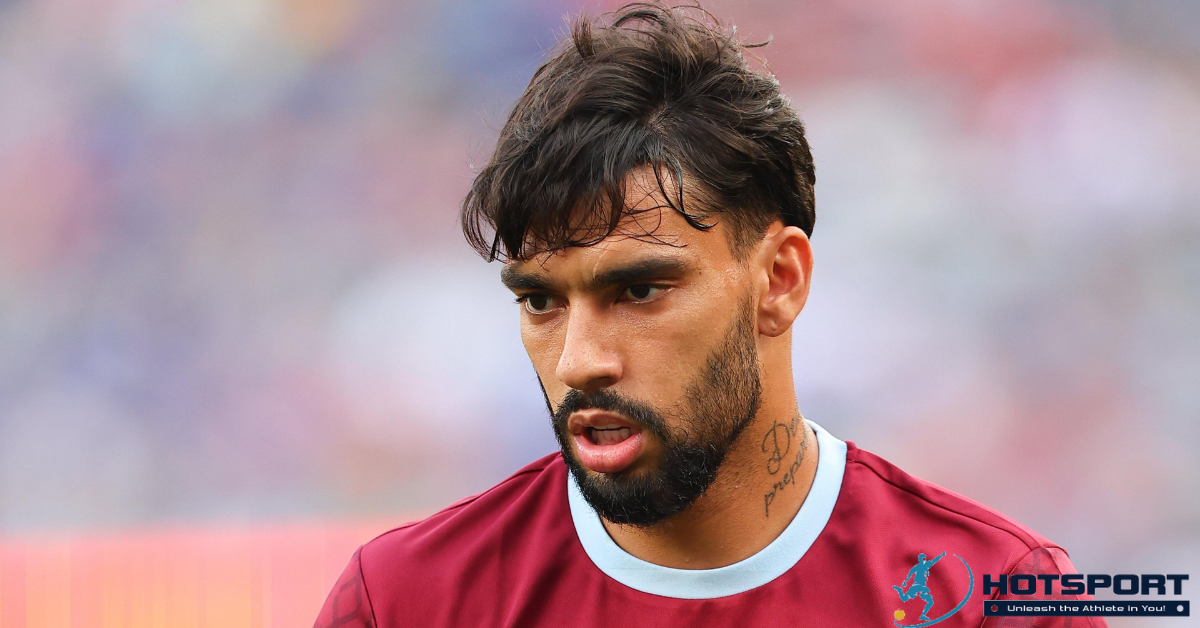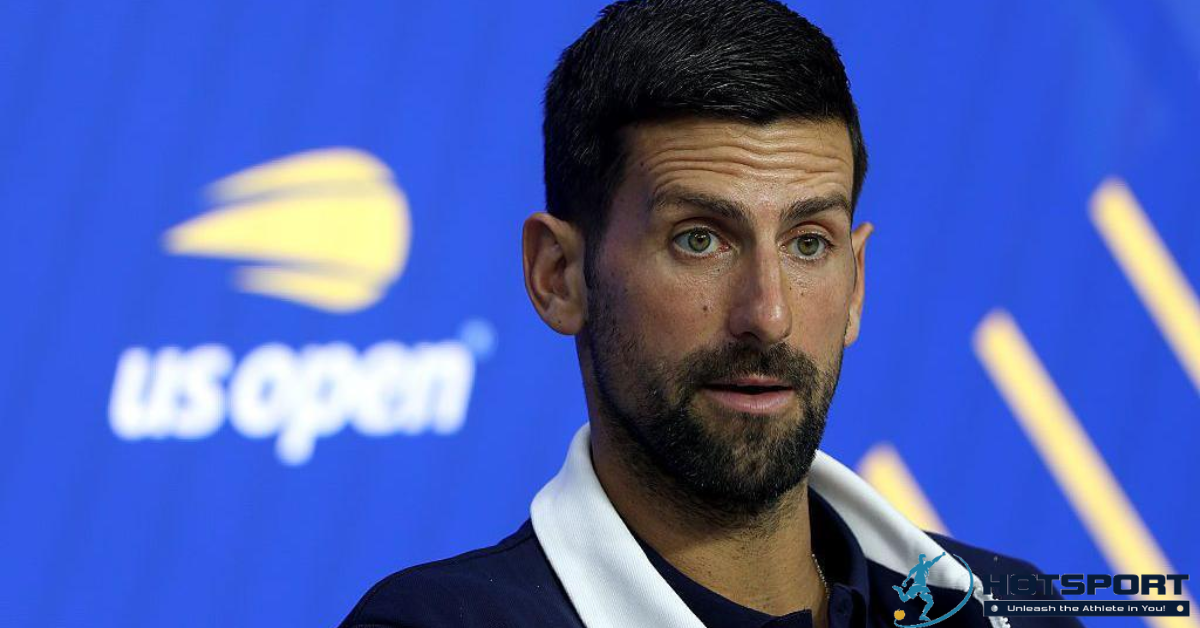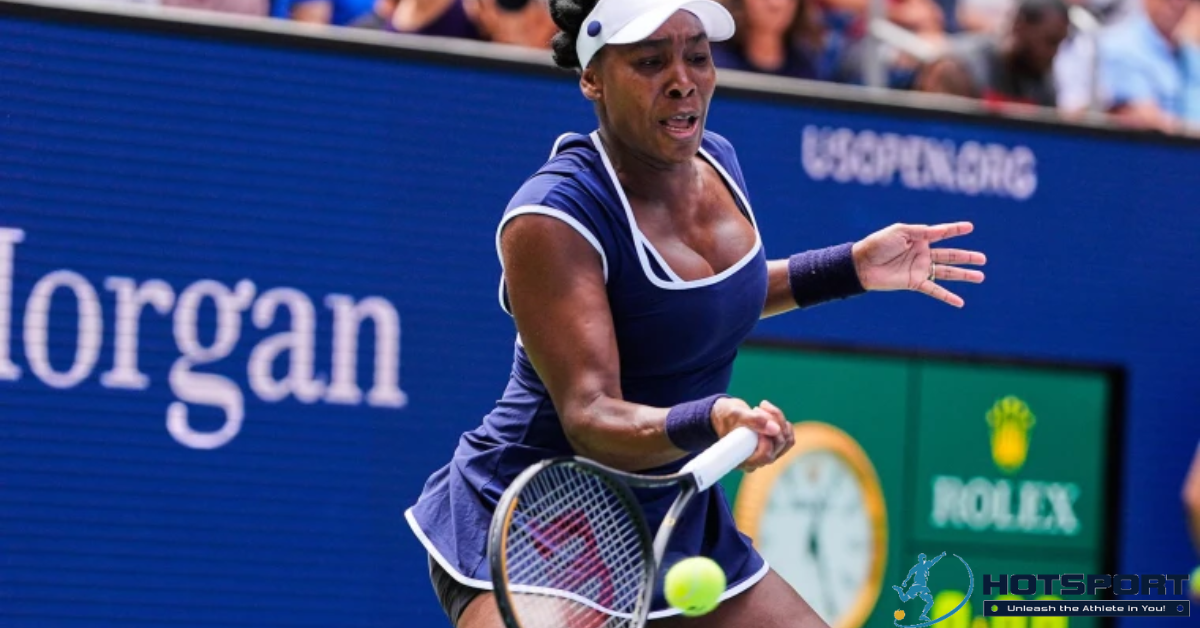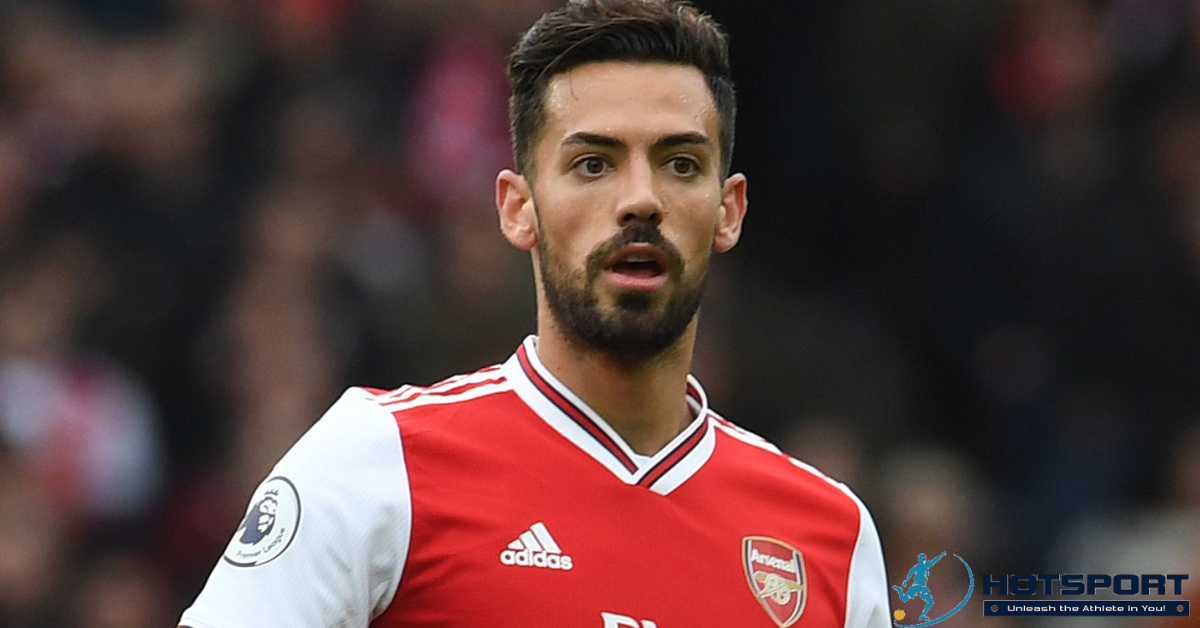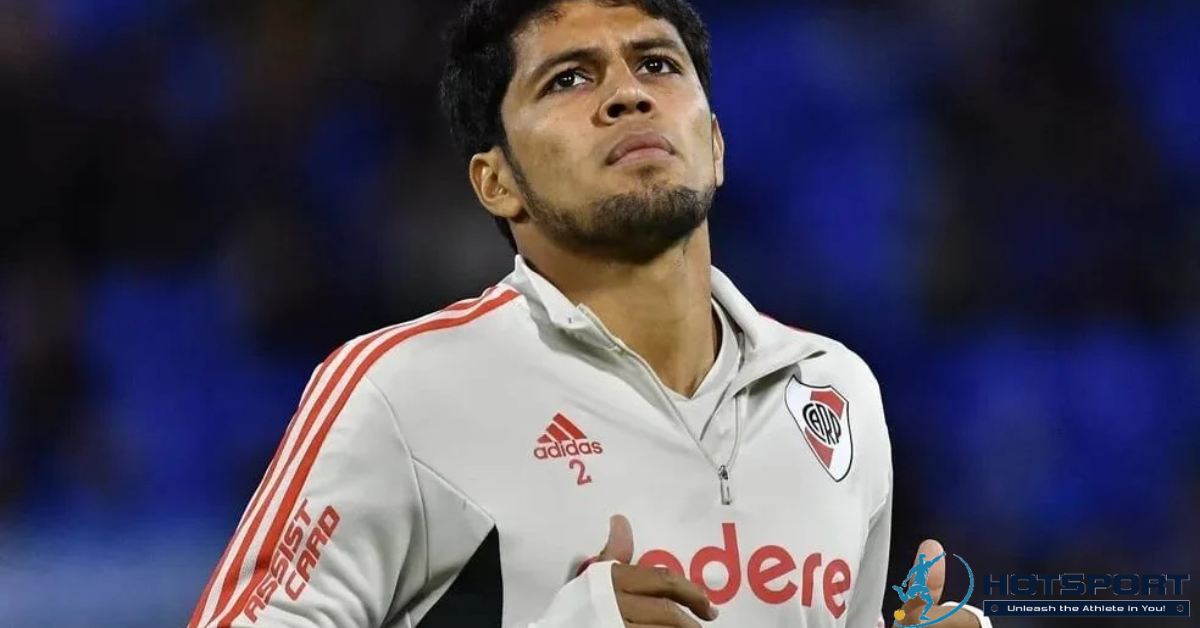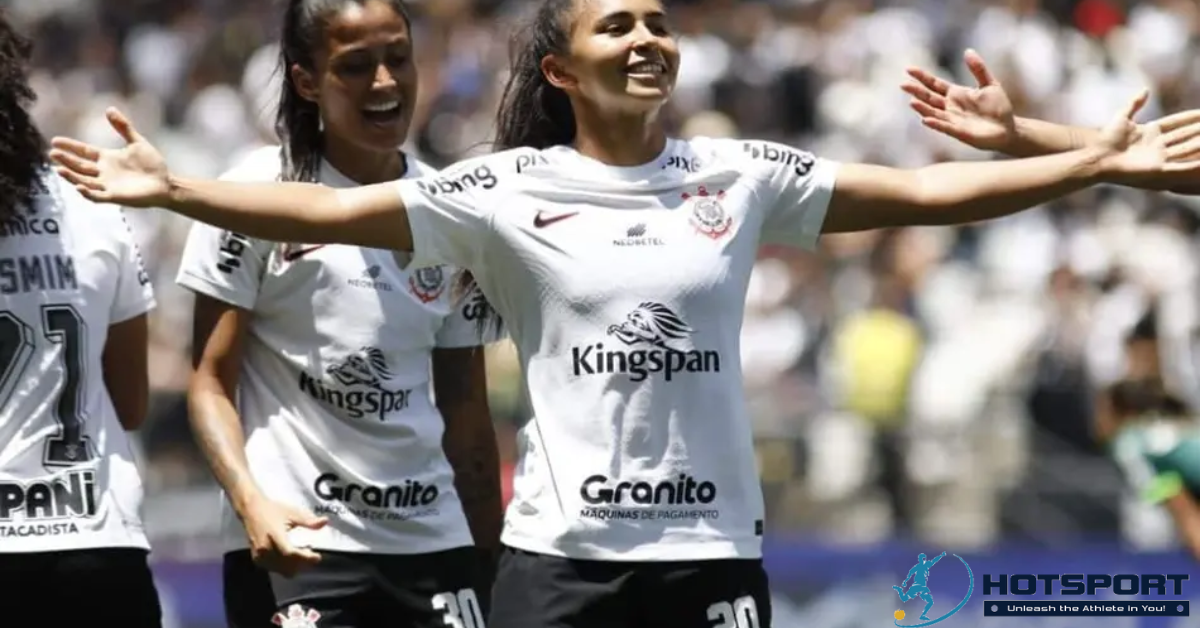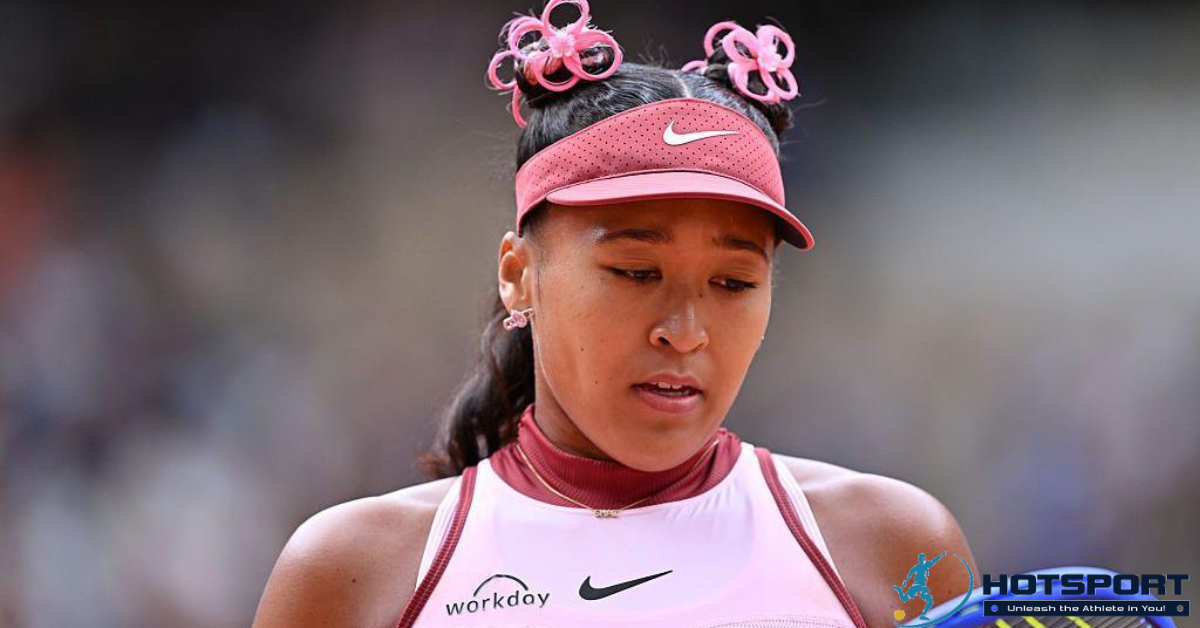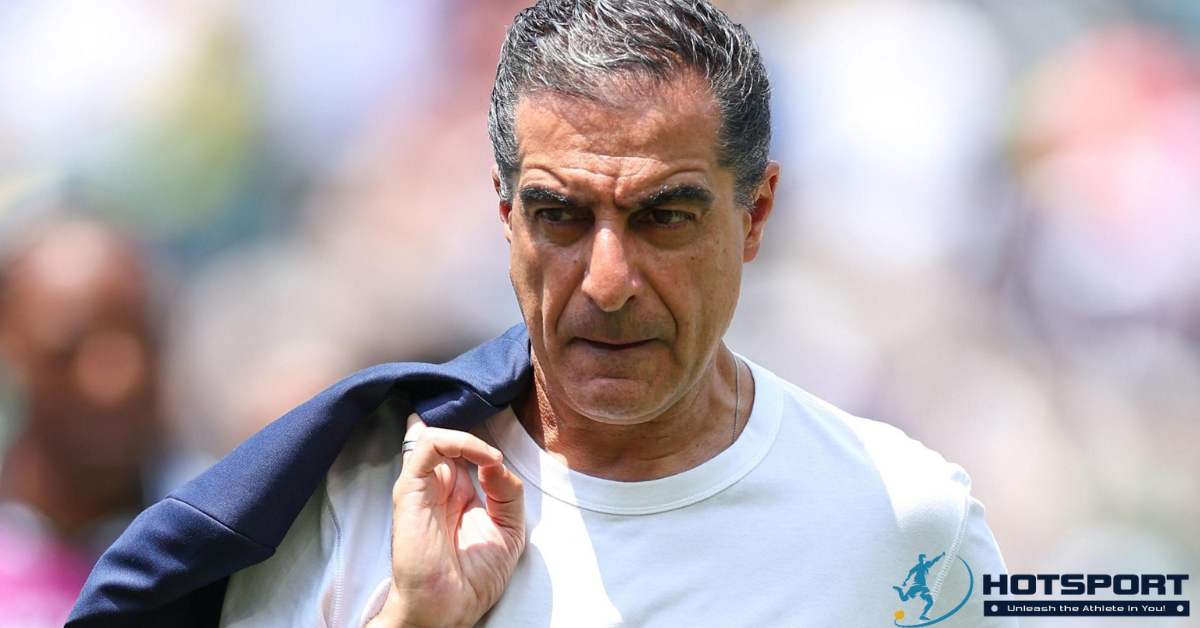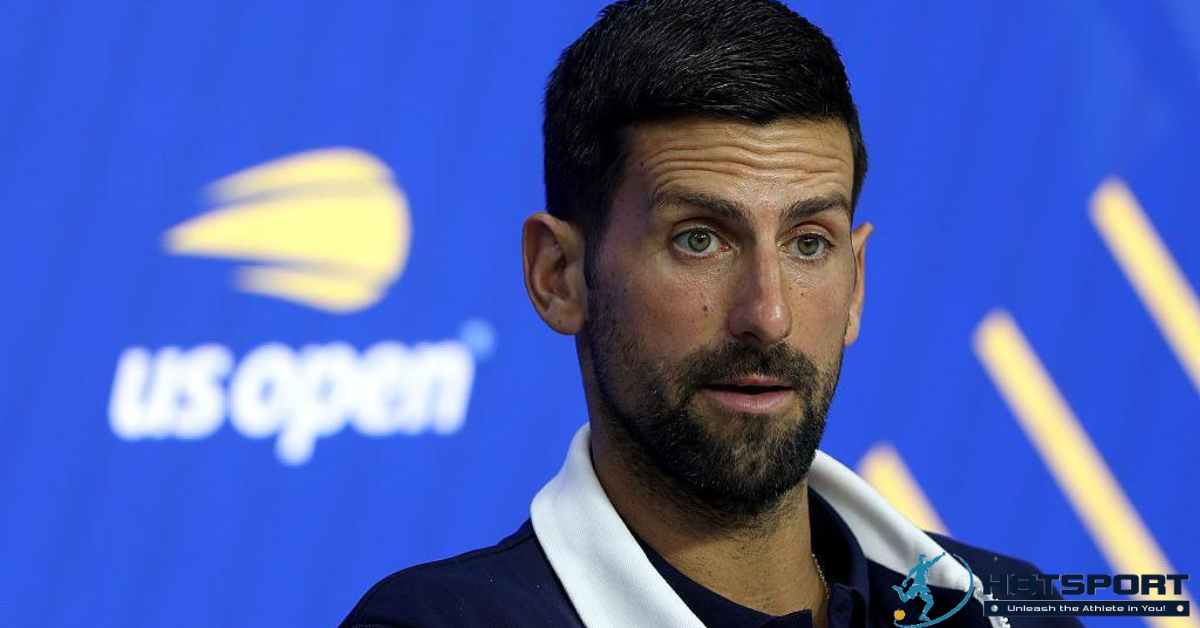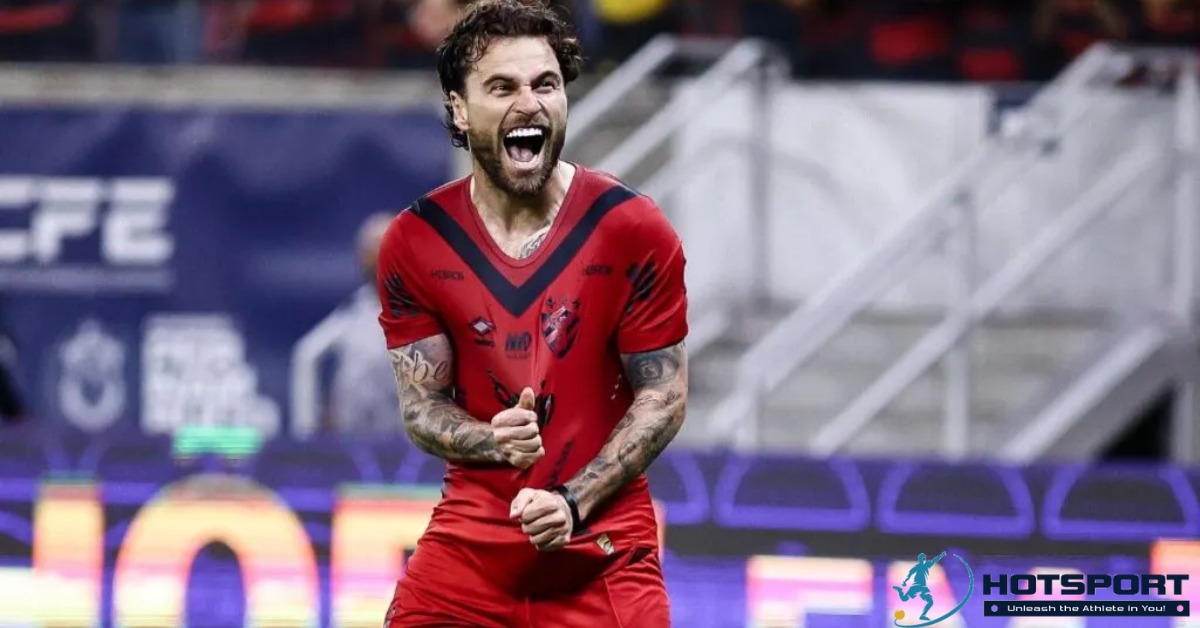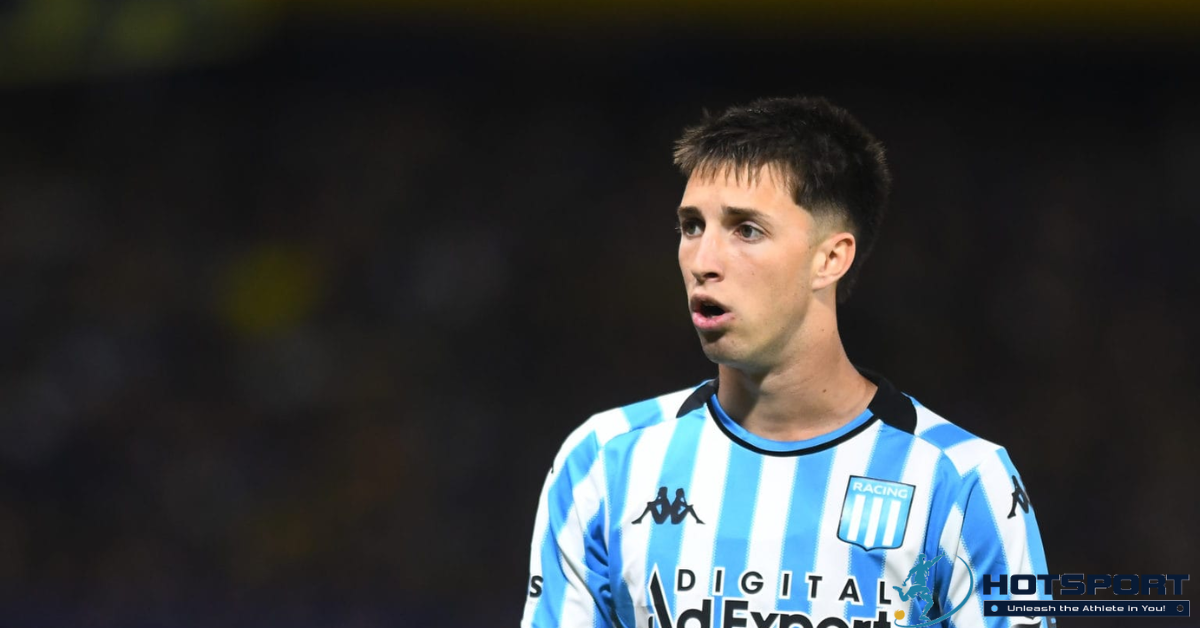Copa Colombia 2025: A Comprehensive Overview
The Copa Colombia 2025, officially known as the Copa BetPlay Dimayor 2025 for sponsorship reasons, is the 23rd edition of the national cup tournament organized by the División Mayor del Fútbol Colombiano (Dimayor). This event brings together clubs from Colombia’s Primera A and Primera B, offering an exciting competition that culminates with the champion earning a spot in the 2026 Copa Sudamericana. Starting on May 28, 2025, the tournament is scheduled to conclude on November 12, 2025, with 36 teams vying for the title. Atlético Nacional is the defending champion, having won the previous edition. This article explores the details of the competition, from its history to current highlights, emphasizing what makes this edition unique.
History of the Copa Colombia
The Copa Colombia has deep roots in Colombian football. Its first edition took place in 1950, but the tournament was held intermittently until it was revived consistently from 2008. Over the years, it has become a platform for smaller teams to shine against Primera A giants, fostering the sport’s development across Colombia.
Origins and Evolution
In its early years, the cup was seen as a complement to the main league, providing opportunities for reserve players and young talents to gain experience. Teams like Millonarios and Atlético Nacional dominated the initial decades, with Millonarios winning multiple titles in the 1950s and 1960s. After a hiatus in the 1970s and 1980s, the tournament returned with a more structured format, incorporating second-division teams to enhance competitiveness.
Since 2008, the cup has gained stability, supported by sponsorships that elevated its status. Notable champions include Independiente Santa Fe, winners in 2009, and Deportivo Cali, with titles in 2010. Atlético Nacional, with victories in 2012, 2013, 2016, 2018, and 2024, is the most successful club in the modern era. This history reflects Colombia’s passion for football, where the cup serves as a stage for intense rivalries and unexpected upsets.
Impact on Colombian Football
Beyond awarding the winner a continental berth, the cup contributes to the sport’s growth. Primera B teams, such as Leones FC or Orsomarso, get the chance to face elite opponents, encouraging investments in infrastructure and player development. Historically, the competition has unearthed talents who later starred for the national team, such as James Rodríguez and Falcao García, who participated in youth or early career editions.
Format of the 2025 Edition
The 2025 edition introduces significant format changes to boost competitiveness and keep teams active throughout the year. Unlike previous years, the first phase is split into Stage 1A and Stage 1B, based on teams’ performances in the Apertura tournaments of Primera A and Primera B.
Stage 1A: Initial Groups
In Stage 1A, 20 teams that did not qualify for the Apertura semifinal quadrangulars compete: 12 from Primera A and 8 from Primera B. They are divided into four groups of five teams each. The top two teams from each group advance to the round of 16. This structure ensures balanced matches and opportunities for smaller teams.
For instance, groups were formed considering geographic and competitive balance, avoiding premature clashes between favorites. Matches in this phase took place between May and June, primarily in a group-stage format with points accumulated, though some featured home-and-away legs.
Stage 1B: Direct Knockouts
Stage 1B involves the 16 teams that qualified for the Apertura quadrangulars: 8 from Primera A and 8 from Primera B. These teams compete in direct knockout ties, with home-and-away matches, to determine the winners advancing to the round of 16. This division rewards strong early-season performances, as successful teams enter more advanced stages directly.
Final Stages: Round of 16, Quarterfinals, Semifinals, and Final
In the round of 16, the eight Stage 1A qualifiers face the Stage 1B winners in eight ties, also played over two legs. The winners advance to the quarterfinals, semifinals, and ultimately the grand final. Home advantage depends on team rankings: if both teams are from the same division, the higher-ranked team hosts the second leg; if from different divisions, the Primera B team hosts the second leg.
This structure, with round of 16 matches in August, ensures a dynamic calendar, avoiding long periods of inactivity for clubs.
Participating Teams
Thirty-six teams compete in the Copa Colombia 2025, representing the best of Colombian football. These include all 20 Primera A teams and 16 Primera B teams, blending tradition with ambition.
Primera A Teams
The main favorites come from the top tier: Atlético Nacional, Millonarios, América de Cali, Independiente Medellín, Junior de Barranquilla, Deportes Tolima, Once Caldas, Santa Fe, Deportivo Cali, Águilas Doradas, Envigado, Jaguares, Patriotas, Alianza Petrolera, Fortaleza CEIF, Boyacá Chicó, Deportivo Pereira, Atlético Bucaramanga, La Equidad, and Independiente Santa Fe. These clubs bring history and passionate fanbases, with Atlético Nacional defending the title.
Primera B Teams
From the second division, notable teams include Orsomarso, Llaneros, Real Cartagena, Cúcuta Deportivo, Unión Magdalena, Barranquilla FC, Boca Juniors de Cali, Atlético FC, Real Santander, Leones FC, Tigres FC, Bogotá FC, Real Soacha Cundinamarca, Internacional FC, Quindío, and Huila. These teams aim to pull off upsets, with Orsomarso showing strength in early stages.
The geographic diversity, from Bogotá to Barranquilla, enriches the tournament, promoting football nationwide.
Schedule and Phases
The Copa Colombia 2025 schedule is tight, integrating with the national calendar to maximize exposure.
Start and Early Phases
The competition began on May 28 with Stage 1A matches, such as Llaneros vs. Atlético FC. Other highlights included Águilas Doradas vs. Barranquilla FC on May 31. Stage 1B featured matchups like Deportivo Cali vs. Boca Juniors de Cali on May 30.
The initial phases extended through June, with groups determining qualifiers. For example, in Group A, teams like Envigado and Orsomarso competed fiercely for spots.
Knockout Phases
The round of 16 took place in August, with games like Deportivo Pereira vs. Real Soacha on August 27. In September, matches such as Envigado vs. Millonarios on September 3 and América de Cali vs. Atlético Bucaramanga on September 4 marked progress.
Quarterfinals are scheduled for October, with semifinals and the final in November. Teams like Junior FC and Deportivo Pereira have already advanced to the quarterfinals, showing strength.
Adjustments and Considerations
The schedule accounts for factors like altitude and travel, with matches in Colombia’s local time (UTC-5). Games are broadcast by Win Sports, allowing fans to follow closely.
Key Matches and Results
As of September 2025, several thrilling matches have occurred, with surprises and high-scoring games.
Early Phase Highlights
In Stage 1A, Orsomarso surprised by leading their group, defeating Envigado 2-1. Llaneros advanced with consistent wins, including a 3-0 victory over Atlético FC.
In Stage 1B, América de Cali qualified comfortably, defeating local rivals. Millonarios, with goals from Néiser Villarreal, displayed offensive prowess.
Recent Matches
On September 3, Independiente Medellín faced Fortaleza CEIF in an intense duel, winning 2-0 thanks to goals from their forwards. On the same day, Quindío challenged Atlético Nacional, but the defending champions prevailed 1-0.
Results like Junior FC advancing on penalties against Alianza highlight the tournament’s unpredictability.
Match Analysis
These games reveal trends: Primera A teams dominate, but Primera B sides offer resistance, forcing extra time. An average of 2.49 goals per game indicates competitive balance.
Standout Players
The cup is a showcase for talent.
Established Stars
Marino Hinestroza of Atlético Nacional leads with dribbles and goals. Dylan Borrero of América de Cali returns from injury with impact. Néiser Villarreal of Millonarios is a top scorer with precise assists.
Emerging Talents
Young players from Envigado, with a low average age, shine. Orsomarso’s fast forwards have surprised opponents.
International Impact
Players like Luis Díaz, now in Europe, inspire; former cup participants now feature in national team selections.
Analysis and Predictions
The 2025 edition is more competitive due to the new format, reducing downtime and encouraging consistency.
Title Favorites
Atlético Nacional, with a strong squad, is the favorite. Millonarios and América de Cali are close contenders. Surprises may come from Tolima or Junior.
Challenges
Injuries and a tight schedule test squad depth. Primera B teams could upset favorites in single matches.
Future Outlook
The tournament strengthens Colombian football, preparing teams for continental competitions.
Conclusion
The Copa Colombia 2025 encapsulates the essence of Colombian football: passion, rivalry, and opportunity. With its innovative format and thrilling matches, it promises an unforgettable finale. Regardless of the champion, the tournament enriches the sport, uniting fans across the country. (Approximate word count: 2050)

